SUST students develop wireless charging electric vehicle
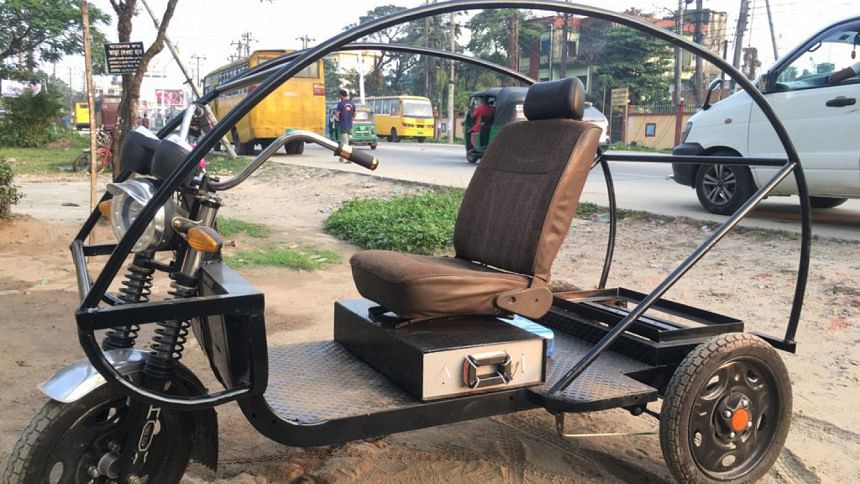
Students from the Department of Electrical and Electronics Engineering (EEE) at Shahjalal University of Science and Technology (SUST) have recently developed a prototype of a light-duty electric vehicle that is capable of being charged wirelessly. The experimental prototype of the vehicle was created in the university's power electronics lab by the student-led Power Electronics team.
According to the team, the electric vehicle utilises high-frequency inverter technology, voltage stabilising algorithms, and kilohertz range resonant coupling for efficient wireless power transfer. It incorporates series-series compensating networks, a battery management system (BMS), protection schemes, and misalignment reduction techniques to ensure optimal performance and safety.
The vehicle currently exceeds 40% efficiency, says the team. They are currently working on wireless power transfer efficiency through design optimisations, additional features, and higher switching frequencies to make the electric vehicle an efficient mode of sustainable transportation.
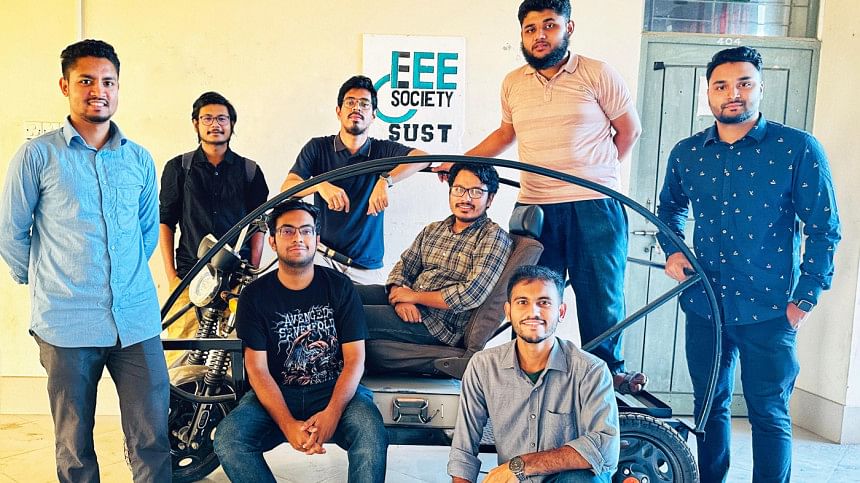
The team that worked on this wireless charging vehicle had two divisions. The theoretical ideation and research was done by Md. Nahid Islam, Md. Kabir Hasan, Azam Jaman. The Hardware implementation and Optimisation was done by Rezwan Zakaria, M. Rifat Hossain, Abir Mahmood, Irfan Uddin Ahmed Mehedi, Md. Sajjad Hossain and Md. Tawsiful Alam. The principal investigator for this project was Dr Ifte Khairul Amin, Associate Professor, EEE, SUST and the co-investigator was Nafis Imtiaz Rahman, Assistant Professor, EEE, SUST.
When asked about how the wireless charging process works, the team explained that the designed charging panel comprises a transmitter and a receiver. The transmitter harnesses electrical power from the line bus, converts it into a 20 kHz high-frequency power using a high frequency inverter, variable transformer and a bridge rectifier, and then wirelessly transfers it to the receiver via electromagnetic induction. The receiver, equipped with a compensating network, processes the received power with a high-frequency rectifier and a boost converter to match the li-ion battery rating, charging the battery.
Regarding future plans to release a commercial version of the vehicle, the team said that thus far, the experimental prototype has been a success. "With guidance and funding, we aim to significantly boost vehicle efficiency. Collaborative discussions with interested companies indicate a promising potential for a future public release," said the team.

 For all latest news, follow The Daily Star's Google News channel.
For all latest news, follow The Daily Star's Google News channel. 


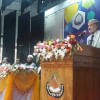

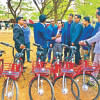
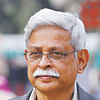

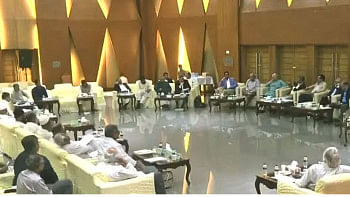
Comments